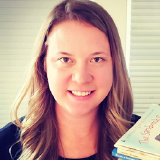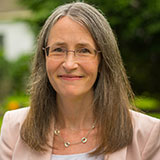This was the year it seemed that everyone was talking about the Science of Reading! Even though it’s a body of research that began fifty years ago, this was the year it broke through as one of the most talked-about topics in education.
- Home
- Blog

I have a favorite teacher quote from the book, Thank You, Mr. Falker, by Patricia Polacco. This is the first book I read with my third-grade students each year.
- Comprehension
- Vocabulary

Evidence-aligned practices are methods that have been demonstrated to be effective and lend themselves to replication to other groups, organizations, and contexts. There is a vast, interdisciplinary body of scientifically based research about reading and issues related to reading and writing (The Reading League, 2022).

As a school principal, do you know exactly how many and which students at each grade level are reading accurately, fluently, and with comprehension? If not, why not? Ensuring students read with accuracy, fluency, and comprehension is the most fundamental responsibility we have as school principals. This is where utilizing the correct assessments can be your best ally in helping to mitigate and prevent reading failure at your school.

When we talk about literacy block, we often use “reading time” synonymously for this part of our day. Imagine if that shifted and we called this time “writing block” instead, and folded in all skills toward building the final outcome of writing rather than primarily reading.
- Literacy Instruction
- Writing

Artificial Intelligence, or AI, crept swiftly into classrooms in spring 2023, although concerns with AI started much earlier in other contexts.
- AI
- Artificial Intelligence
Never Miss an Episode
Add your email here to sign up for EDVIEW 360 blogs, webinars, and podcasts. We'll send you an email when new posts and episodes are published.

